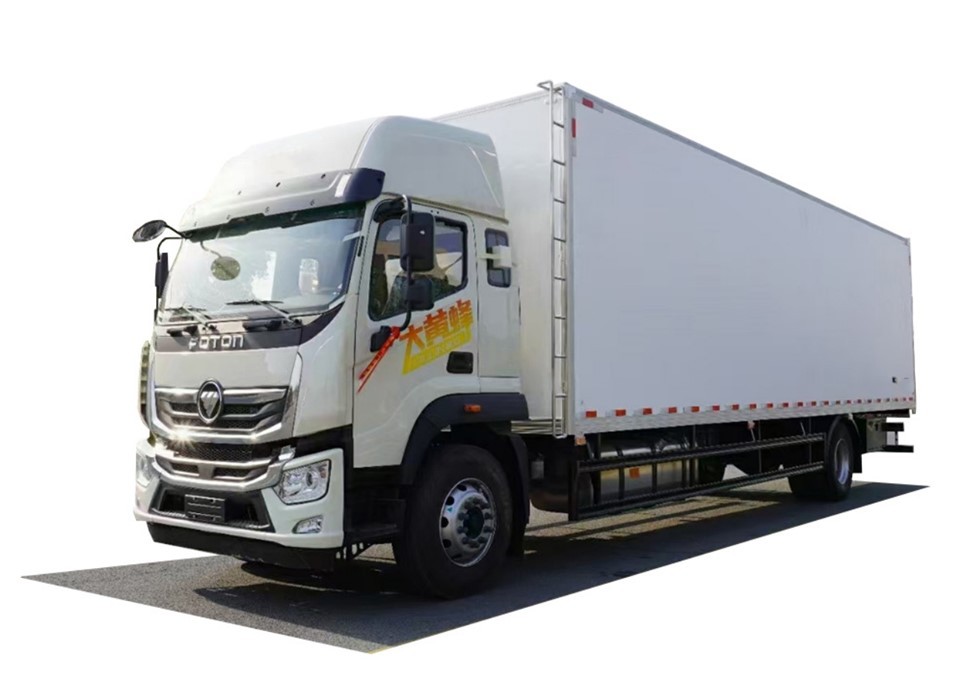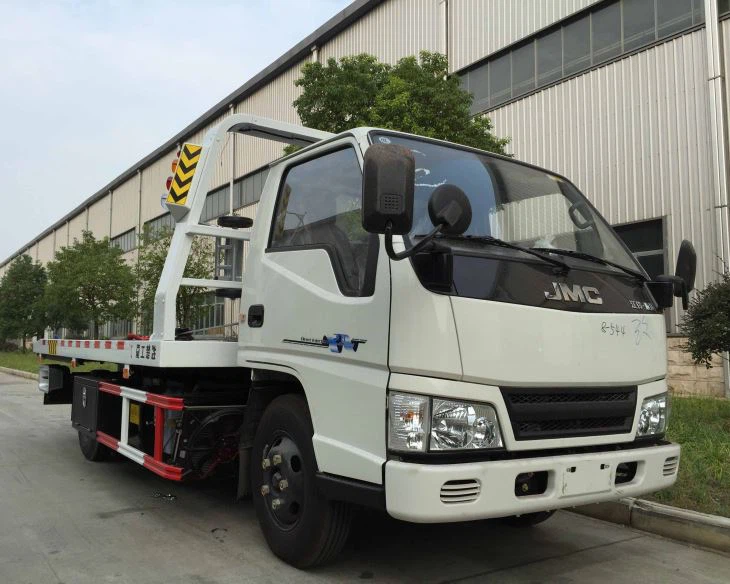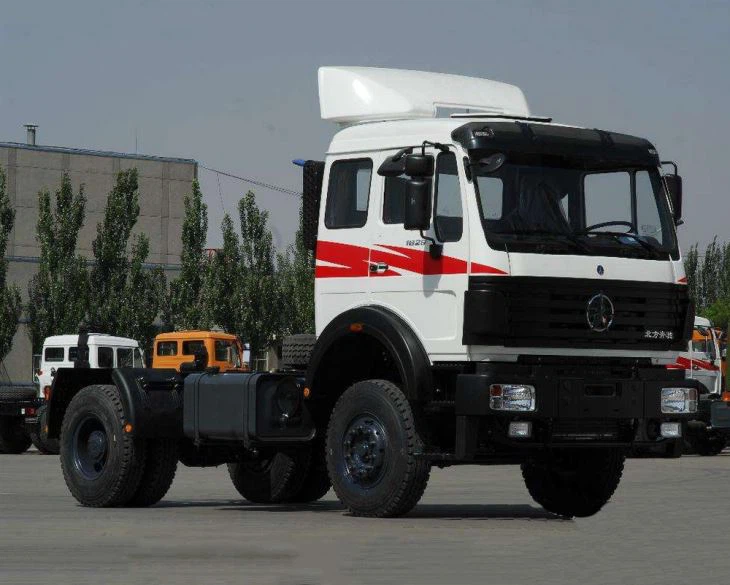Understanding Road Tanker Volume: A Comprehensive Guide

Road tankers play a crucial role in the transportation of liquids, including fuel and other chemicals. Understanding the volume of these tankers is essential for logistics, safety, and cost management. This article delves into the intricacies of road tanker volume, its significance, regulations, types, and practical considerations for businesses involved in this industry.
What is Road Tanker Volume?
The term “road tanker volume” refers to the capacity of a road tanker to transport liquids. This volume is typically measured in either liters or gallons and varies significantly depending on the type of tanker and its design. Accurate knowledge of tanker volume is vital for logistical planning and ensuring compliance with industry regulations.
Types of Road Tankers
Road tankers can be categorized based on their design, purpose, and the type of liquids they carry. The following are common types:
1. Fuel Tankers
Fuel tankers transport petroleum products, including gasoline, diesel, and jet fuel. Their volume can range anywhere from 5,000 liters to over 40,000 liters. Fuel tankers often require a specific design to ensure safety and minimize the risk of spills.
2. Chemical Tankers
These tankers transport various chemicals, often requiring special construction materials to prevent reactions with the contents. Their volumes can also fluctuate widely, similar to fuel tankers.

3. Food and Beverage Tankers
Designed to transport liquids for human consumption, these tankers must adhere to stringent hygiene regulations. Their volumes often range from 8,000 to 30,000 liters, catering to various industries from dairy to soft drinks.
4. Water Tankers
Water tankers are used for transporting potable or non-potable water for various purposes, including construction and emergency services. They can have a capacity of up to 25,000 liters or more.
Factors Influencing Road Tanker Volume
Several factors can affect the volume capacity of road tankers, including:
1. Legal Regulations
Government regulations often dictate the maximum volume for certain types of tankers based on road and safety standards. Compliance with these regulations is crucial to avoid penalties and ensure safety.
2. Tanker Design
The design of the tanker, including its shape and construction materials, will impact its volume capacity. For example, cylindrical tankers maximize volume, while rectangular shapes might be limited.
3. Type of Liquid
Different liquids have specific storage requirements influencing tanker volume; for example, liquid gases often require pressurized tanks, which can limit capacity compared to liquids at ambient pressure.
Measuring Road Tanker Volume
Measuring the volume of a road tanker can be performed using several methods, which include:
1. Volumetric Measurement

This method involves calculating the volume based on the internal dimensions of the tanker. Formulas for calculating volume differ based on the shape of the tank (cylindrical, rectangular, etc.).
2. Flow Meters
These instruments measure the volume of liquid that passes through the tank during filling or emptying. It’s vital for accurate accounting and ensures that tankers are filled to their maximum legal capacity.
3. Load Cells
Used for weighing the entire tanker when filled. This approach gives an approximate measurement of the volume by considering the density of the liquid being transported.
Practical Considerations for Optimizing Road Tanker Volume
To maximize the efficiency of road tanker volume, consider the following tips:
1. Regular Maintenance
Ensure that the tanker is well-maintained to avoid leaks and damage, which could reduce effective volume.
2. Training for Drivers
Provide adequate training for drivers to understand the importance of loading practices that maximize volume while maintaining safety.
3. Implement Use of Technology

Utilize GPS and telemetry for optimal route planning and load tracking, ensuring that tankers travel full to capacity whenever possible, reducing operational costs.
Road Tanker Volume and Environmental Regulations
Understanding road tanker volume is also crucial for environmental compliance. Several regulations are in place concerning the size and operation of tankers, particularly for those transporting hazardous materials.
1. Spill Prevention Plans
Tankers must have strategies to prevent spills and manage their impact on the environment. This relates closely to the volume being transported.
2. Emission Standards
Regulations often dictate how much emissions can be output by tankers. Compliance with these standards is essential for operation and prevents hefty fines.
Examples of Road Tanker Uses in Various Industries
Road tankers are vital across multiple industries. Here are a few practical examples:
1. Fuel Delivery Services
Fuel companies use large road tankers to transport gasoline and diesel to gas stations. For example, typical fuel capacities range from 20,000 to 40,000 liters, significantly impacting delivery efficiency and logistics.
2. Chemical Manufacturing
Chemical companies transport solvents and acids using specialized tankers designed to maintain safety and efficiency. A typical chemical tanker may have a volume of around 10,000 liters, depending on the hazards of the chemicals being transported.
3. Food Industry Logistics
The food industry often utilizes road tankers for transporting large quantities of liquid ingredients like milk and juices, typically around 15,000 liters.
Frequently Asked Questions (FAQ)
1. What is the maximum volume for road tankers?
The maximum volume for road tankers varies based on local regulations, but typically ranges from 20,000 to 40,000 liters for fuel tankers.
2. How can I calculate the volume of a cylindrical tanker?
The volume of a cylindrical tanker can be calculated using the formula: Volume = π x (radius²) x height.
3. Are there specific regulations for transporting hazardous materials?
Yes, transporting hazardous materials requires compliance with specific regulations, including proper labeling, tank design, and emergency protocols.
4. What are the advantages of using GPS for tankers?
GPS aids in real-time tracking, optimizing routes to reduce travel time and fuel consumption, improving overall efficiency.
5. How can companies ensure safety during loading and unloading?
Implementing strict protocols, training, and using appropriate safety equipment helps minimize risks during loading and unloading operations.
6. What are the cost implications of tanker volume?
Higher volumes can reduce cost per liter of transport, but they also require careful planning to avoid potential overcapacity or underutilization.
